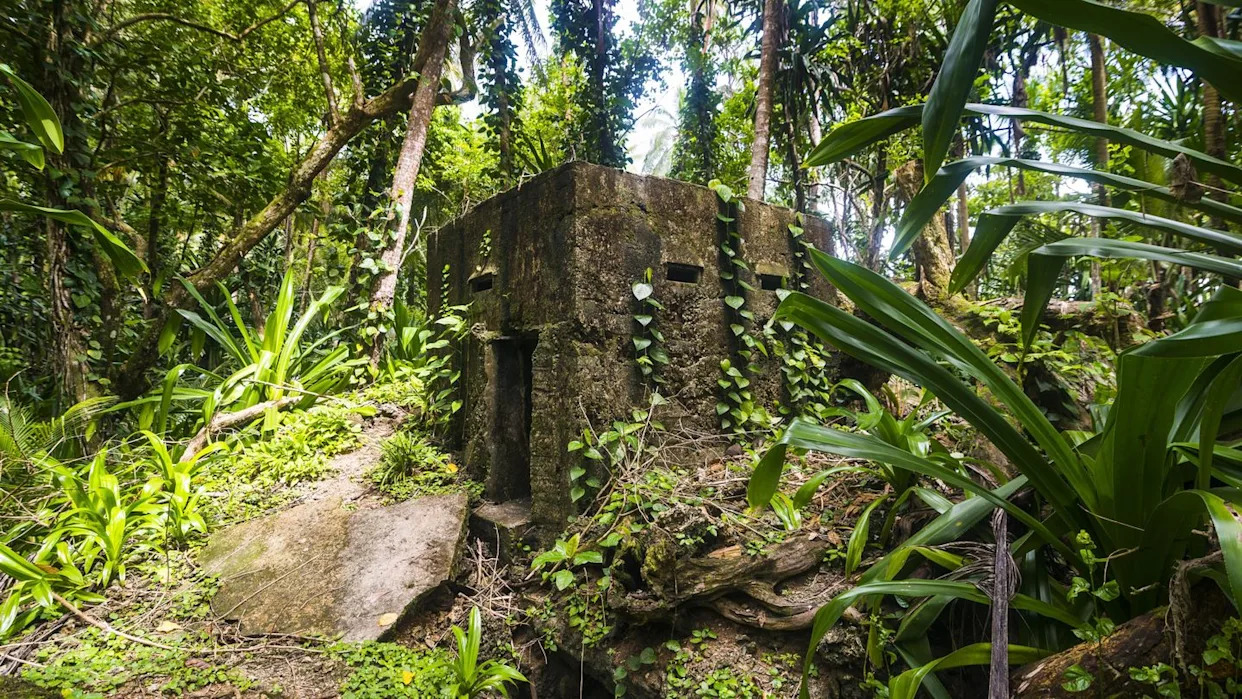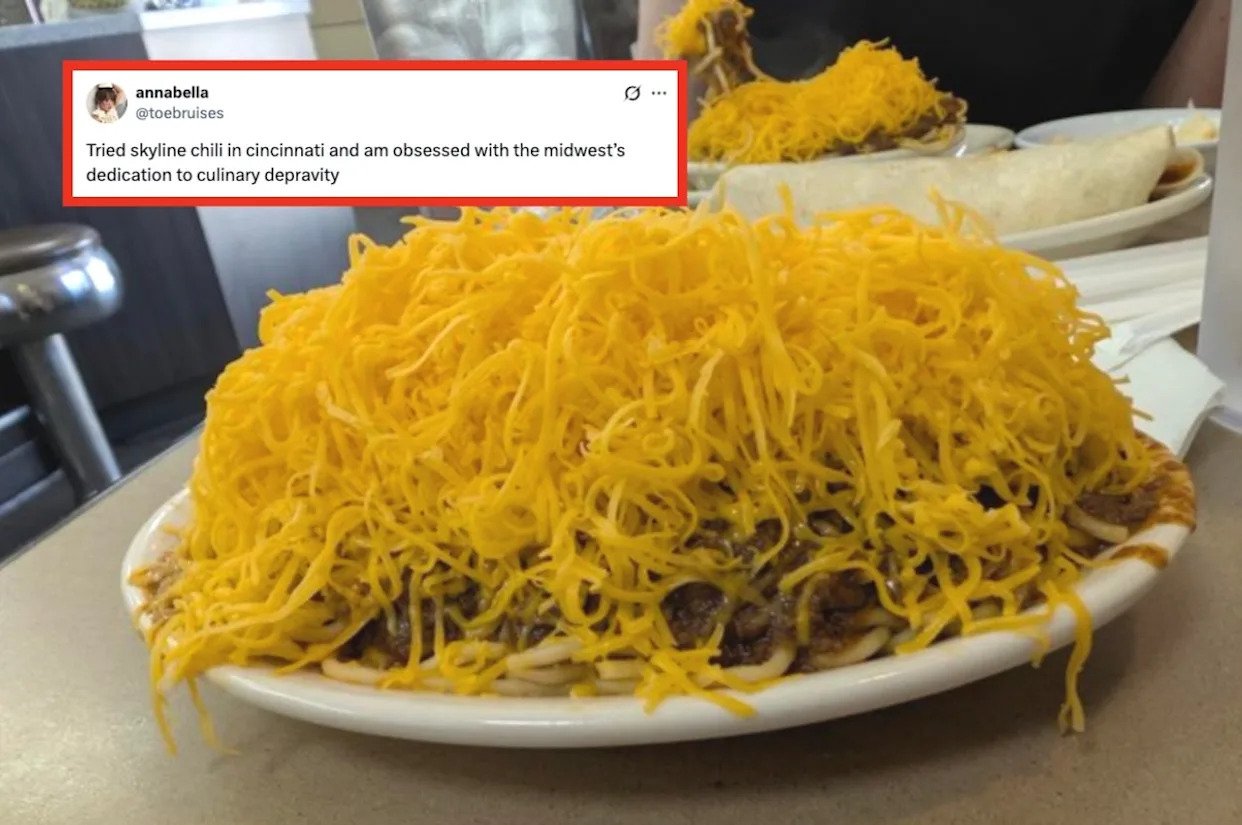If you live in Florida and spot "pink blobs," make sure to keep your distance.
They could be egg casings for exotic apple snails, an invasive and dangerous species that has spread quickly in the state's waterways and wetlands.
What's happening?
WKMG reported that these egg clutches are commonly found near freshwater or attached to concrete.
While the eggs aren't a threat to humans unless they're eaten or touched — since they contain neurotoxins and can harbor the parasite responsible for rat lungworm disease — apple snails themselves are a nuisance to ecosystems.
"In the last decade, apple snails have received attention because of their ability to damage wetland crops through foraging," the Florida Fish and Wildlife Conservation Commission explained. "Because of damage to crops, the channeled apple snail is listed as one of the world's worst invaders."
The FWC stated that four exotic apple snail species have been spotted throughout the state: the island apple snail, channeled apple snail, spike-topped apple snail, and the titan apple snail.
Among these, the channeled apple snail is by far the most destructive, as it feeds on numerous aquatic plants, algae, fruits, vegetables, animal carcasses, and even other snail eggs. Its voracious appetite can easily disrupt the state's sensitive wetland and freshwater ecosystems and make it harder for the native Florida apple snail to survive.
Why are invasive apple snails concerning?
Thankfully, it's easy to differentiate the invasive species from the native apple snail. The former's egg casings are always pink, while the indigenous ones are white and much larger than their non-native cousins.
The invasive apple snails pose a much bigger threat to ecosystems and crops, as one clutch can contain up to 2,000 eggs, meaning there's huge potential for the creatures to cause significant damage. This destruction can directly impact people, as apple snails are known to feed on rice crops and cause extensive economic losses for farmers.
The species was introduced to Florida in the late 1980s through the aquarium trade and is now pervasive across the state. Luckily, the species has plenty of native predators, including fire ants known to target the snails' eggs specifically, per Animal Diversity Web.
Do you worry about having toxic forever chemicals in your home? I don't know enough about them Click your choice to see results and speak your mind. |
Nevertheless, the apple snail poses a major threat to ecosystems since invasive species outcompete their native counterparts for important resources.
What's being done about apple snails?
As the FWC explained, the agency's ability to intervene is hindered by the exotic pet trade.
However, if you spot apple snails, you can call the state's invasive species hotline or use its online tools to report sightings. If you wear gloves, you can also crush the eggs or scrape them off any surfaces where you find them.
Awareness is growing about the nuisance pests, and state universities and water management companies are researching methods for large-scale removal.
Join our free newsletter for good news and useful tips, and don't miss this cool list of easy ways to help yourself while helping the planet.







Comments